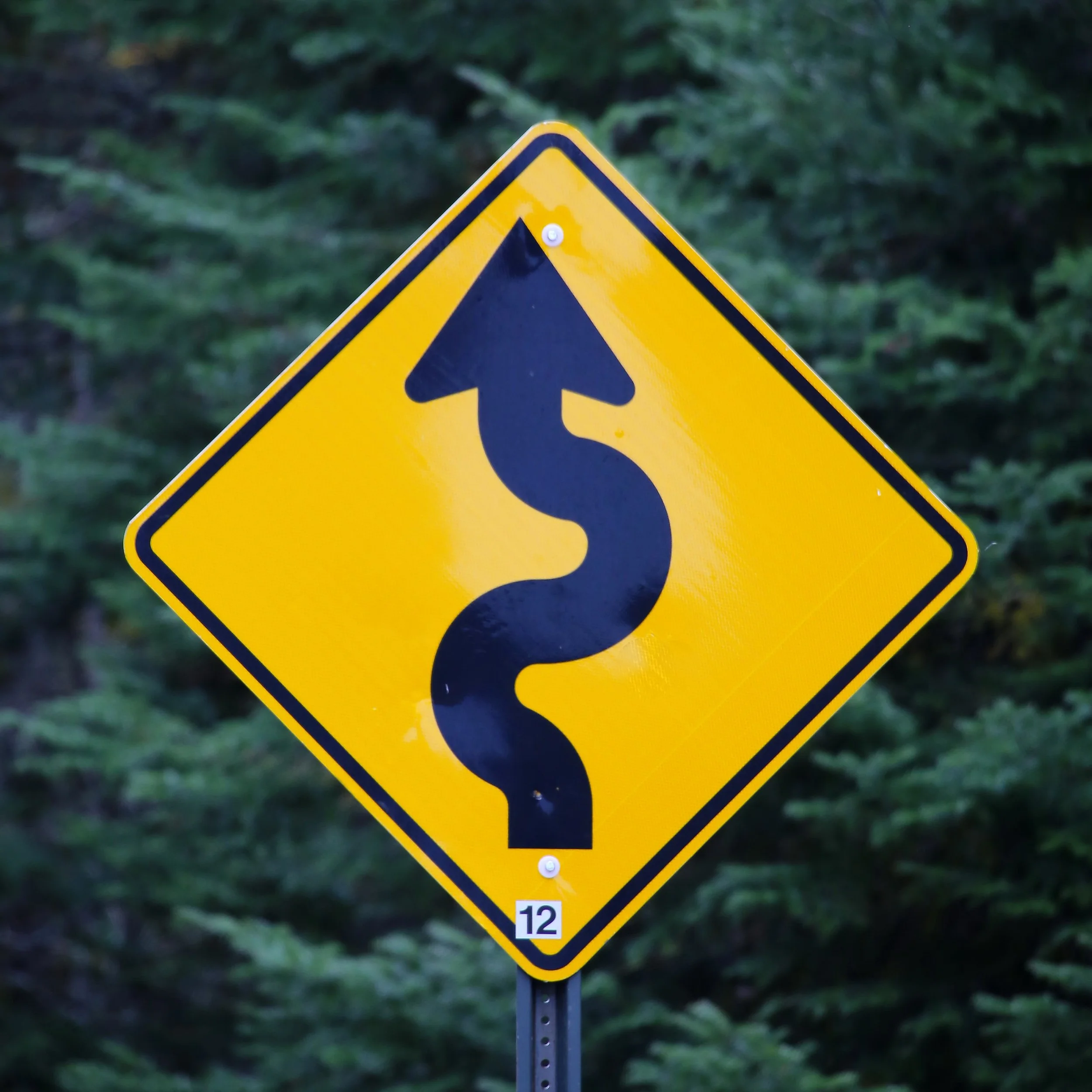(Photo credit @harrycunningham)
Everyone, this has been a great week. I signed new clients I’m excited to work with, my physical therapist helped me figure out why I roll my foot when running, and I made headway with a pile of paperwork I’ve been ignoring. I hope that all of you have had a great week too - or are heading into a fantastic weekend!
#techtopic
Back when I was a kid, layaway was such a fascinating concept. Put a little money down now, and get a toy at Christmas! I kinda missed the part about the other payments that needed to be made. It was common to see lots of people lining up at layaway counters to stockpile gifts, clothes, major appliances, etc at stores like Sears, KMart, Ames, JCPenney, etc. (You may have noticed...most of these stores don’t exist anymore or are failing miserably.)
Recently, there has been a resurgence of this concept, in the form of ‘buy-now-pay-later’ apps (BNPL for short). If you’d like a bit longer description of how these BNPL apps work, check out this LATimes article. Basically, it’s the same concept: use one of these apps as you checkout from online shopping, make a small down payment, and then owe them 3-4 more payments in the future. The difference is you get your item now vs having to pay it off *before* you get to access it as in the layaway model.
I was surprised to learn that roughly 42% of Americans report using the apps at least once, according to a Feb 2021 Credit Karma survey. The apps indicate that they offer a way to expand access to a credit product for individuals who have bad credit scores or little credit history. And since it’s only for one purchase, it doesn’t damage your credit score and might help you build up good credit history if you make all the payments on-time. There is even one app Octane which caters solely to the ‘passion purchase’ market (namely motorcycles, RVs, boats, and other powersports) and recently raised a $52million Series D round.
It’s a trend that Square wants to capitalize on with their recent purchase of Afterpay for $29billion. The target audience is mainly younger consumers who have been fans of using the BNPL apps. Some of those users claim that credit card companies allow them to rack up huge debt before stepping in, whereas the BNPL apps are used on a per-purchase basis so it’s easier to control spending. And while they can be right, it hasn’t always turned out that way.
What many young consumers are doing is building up a ladder of debt with successive purchases, and getting the immediate gratification of the item purchased and ‘forgetting’ the payments that will come later. US regulators are still gauging the impact, but European and Australian regulators have increased scrutiny. With Square’s recent acquisition, US regulators can’t be far behind. But the U.S. BNPL market is expected to grow by 41.7% on an annual basis to reach over $126 million in 2021 and it’s great for a company’s transaction volume -- so more to come on its impacts on consumer lending/credit cards/etc.





